In a new normality where companies don’t have liquidity or cash flow and are facing the worst crisis they ever have seen, what could be the good steps to follow for overcoming the emergency? What are the best tools to adopt? And what are the best example to take as a guide to navigate in these uncertain times? Waiting the first edition of Milan Fintech Summit – which will take place on December 10th and 11th 2020 completely in live streaming – we met Cristina Baldi, blockchain manager and supply chain finance trainer, who has explained us why new financial tools such as Supply Chain Finance and technological instruments like blockchain can be the right solution for the future of global business and economy.
In a period when liquidity is a fundamental requirement for the businesses recovery after Covid-19, what are the most important financial tools to adopt in order to manage the current situation?
“Starting from the Covid-19 lockdown, we have all been living in a context that is changing rapidly without having a clear perception of what we should expect. For sure, we are moving towards a “new normal”, still to be defined. For companies, that means uncertainty, difficulty in planning their business and consequently in making financial choices. Changes are very fast therefore their impact is immediate. Timing is the strategic key. For companies it is important to be able to access flexible financial solutions, tailored to the business in flux, which can deliver value within the business network. That’s what the fintech financial instruments can offer. They represent a great opportunity in that sense. They are worth solutions at this moment, and they will be so more and more in the future. Besides the fintech financial instruments, there is a mind-set that is important to consider and bring inside the business. It is no longer possible to think in terms of individual company management. Instead, any economic player should consider any decision impact within its realm. That explains, for
instance, the supply chain finance worthiness. So, any company has its structure. This defines the best financial practices to be put in place and the right financial instruments to support the business for sure however, all of that must be analyzed from the business realm point of view”.
Liquidity, cash flows and creditworthiness. In your opinion, what is the
most important obstacle to overcome now?
“In my experience I have often noticed that many companies have the attitude to focus their analyses mainly on economic figures rather than analyzing them together with the financial indicators. We cannot yet consider both financial analysis and financial planning as a widespread culture within companies, especially if we are referring to the SMEs sphere. That could be a problem and one of the most important obstacles in order to carry out good business management. In fact, if the economy is in a growth pattern and the business is going well, at first glance, it doesn’t seem so worth to pay attention to financial KPIs as much as to economic indicators. That importance arises when the company runs the business through a hard economic scenario, like the scenario we are now facing.
Liquidity is the key for the corporate business. The company needs to know the dynamics of its in and out cash flow, needs to plan how to manage cash flow issues both in terms of financial support and risk management. It is important to have a clear and detailed financial road map that could assist the company to move towards short- and medium-term objectives. This is the main strategy to be put in place, which can be explained in three words: Know, Plan, Adjust. The financial planning practice allows the company to have the information to step towards the future, in a resilient way, inside any market context. Stock rotation, collections and payables duration, credit risk as well as the analysis of customers and suppliers’ relationships represent the most important way to build cash flow, to optimize the financings from third parties and to minimize the risk. In my opinion that’s the recipe to take the business over one upper layer and the basis to welcome new financial products, like fintech products, inside business management in a productive way”.
Supply Chain Finance is an essential tool to be able to financially reschedule the company medium-term path. What are the main advantages that this tool can bring to an organization today?
“Companies are facing difficulties and uncertainties in planning their activities during this period. The supply chain finance might represent the right tool to reschedule the company financial management. We are living the fourth industrial revolution; hand-in-hand cooperation is the most distinctive element of this time. We come across the need for tight cooperation in any economy field and level. New technologies deliver such exponential value to businesses in the same manner. Operating in the market independently is no longer worth and the banking system does not represent the exclusive reference point to support businesses financially any longer. This is an outdated model although a large slice of Italian SMEs are still rooted in this. Supply chain finance allows connections among different companies: Different size companies operating in various, even complementary sectors belonging to the same supply chain. Each company has both a specific place and role in that supply chain. Supply chain finance connections create synergy among all of them and create some financial advantages for any company which they could not have on their own. During the last March lockdown, we assisted to a successful supply chain finance application by Gucci, in Tuscany. The fashion leader defined a mutual support project within supply chain and sub-chain companies in order to support the different players involved in their production and,
therefore to protect their business. Thanks to Gucci’s support, little sizes companies (there are also micro-enterprises and laboratories) accessed liquidity more quickly. They received the advantage of a better assessment of creditworthiness, which granted them the opportunities which are usually possible for large corporate customers only. However, the advantages brought by supply chain finance are not limited to creditworthiness improvement. Inside the chain, each company plays a specific role and has a certain weight. Making an assessment of these key businesses provides a lens through business relationship management and opens the window to new management methods, able to bring financial value to any supply chain finance node. Last but not least, supply chain finance offers the opportunity to consider raw materials stocks with a new outlook. For the company they can represent an asset which can be used as a guarantee to obtain new fresh liquidity and support production. Supply chain finance offers many opportunities and advantages, in my opinion much greater than the difficulties encountered in its definition. In the near future, it will become the common financial management tool”.
Supply Chain Finance, however, brings with it also an essential factor such as the evaluation of supply chain relations. This is not always a positive aspect in a market like the European one which is usually fragmented and difficult to amalgamate in a coherent way. What could companies and institutions do in this sense in your opinion to be able to optimize this element that underlies the optimization of Supply Chain Finance?
“We can say that supply chain is based on company relationships first; they are the essence of supply chain finance. Unfortunately, they are not always easy to manage smoothly. The reasons are several. For instance, countries laws might be different so that could mean to incur in some difficulties
to manage supply chain finance. In Italy for example, within commercial contracts, difficulties may still arise on the assignment of credit (as per article 1264 of the Italian civil code “the assignment has effect on the assigned debtor when he has accepted it or when he has been notified “). This does not help supply chain finance of course and companies must to consider instruments like invoice trading accordingly. In my opinion, to overcome those difficulties, it is appropriate to bring out the added value for each player in the supply chain. In this way it is possible to easily find solutions through mutual agreement to overcome the difficulties linked to inhomogeneities. It is not easy, however we can find one win-win solution together. I am confident that once the potential of supply chain finance will be experienced, interest in this tool will be increasingly broader. This will help make relationships more fluid internationally and institutions as well as legislations will adapt consequently”.
The other element that is linked to Supply Chain Finance, of course, is that of technology. In your opinion, what is today the fintech innovation that represents the real development trend of this financial tool?
“I would say that Blockchain, Big Data and the Internet of Things are the key tools to support the development of supply chain finance. The Internet of Things, for example, is fundamental for Inventory Finance and Equipment Finance solutions, because it offers the possibility of realtime monitoring of the goods subject to guarantee, makes processes more efficient and reduces
the risk of fraud and increases the trust of the players involved. The analysis of Big Data coming from transactions that take place within the supply chain allows a better assessment of the creditworthiness of companies, especially SMEs, less represented by balance sheet data, and can therefore be used successfully in all solutions of the sector. The Blockchain finds applications in Reverse Factoring solutions, because it allows to reduce costs and times of acquisition of the information necessary, for example for the inclusion of a new supplier, and of Inventory Finance, because it guarantees visibility of stocks in the warehouse, increases transparency and reduces the risk of fraud”.
What are the main assets to consider for an SME in the post Covid-19 era to approach the world of Supply Chain Finance and what are the essential steps to consolidate the adoption of this tool?
“Italian SMEs are experiencing a period characterized, particularly, by problems of liquid assets. Supply chain finance is a great tool to better help to solve that. For companies it is necessary to get closer to adopting this tool, but how can they orient the financial management toward this direction? They need to analyze their financials. If they are aware of their financial needs, they can consider this and find tailor-made solutions in the market in order to manage the working capital in the best possible way. These are the essential steps: New estimation of the turnover they want to reach (making three scenarios, best, medium, worse, could be the best solution). Based on the executed scenarios, it is appropriate to proceed with financial planning and after that to consider the relationships features to improve their appeal to get the best result from them. At that point, supply chain
finance will be the special tool to optimize their financial working capital management”.
















